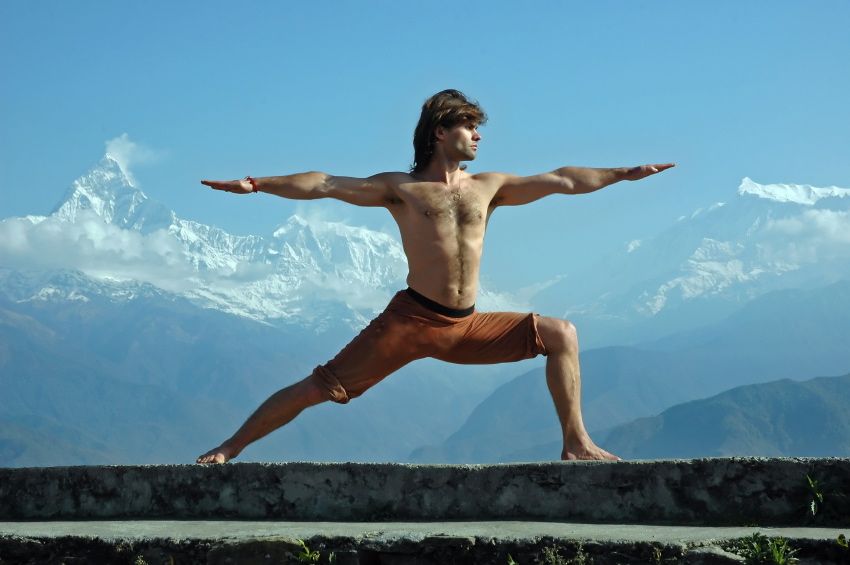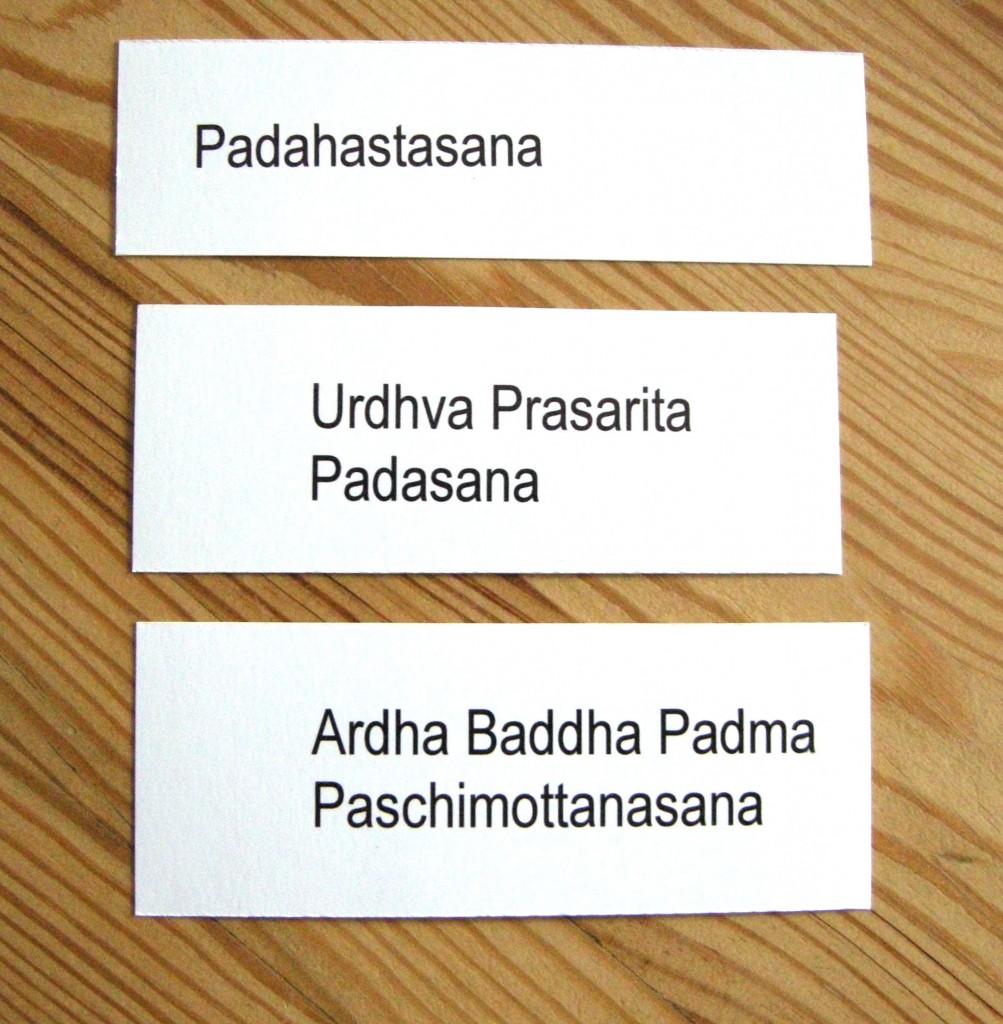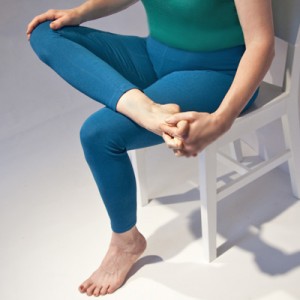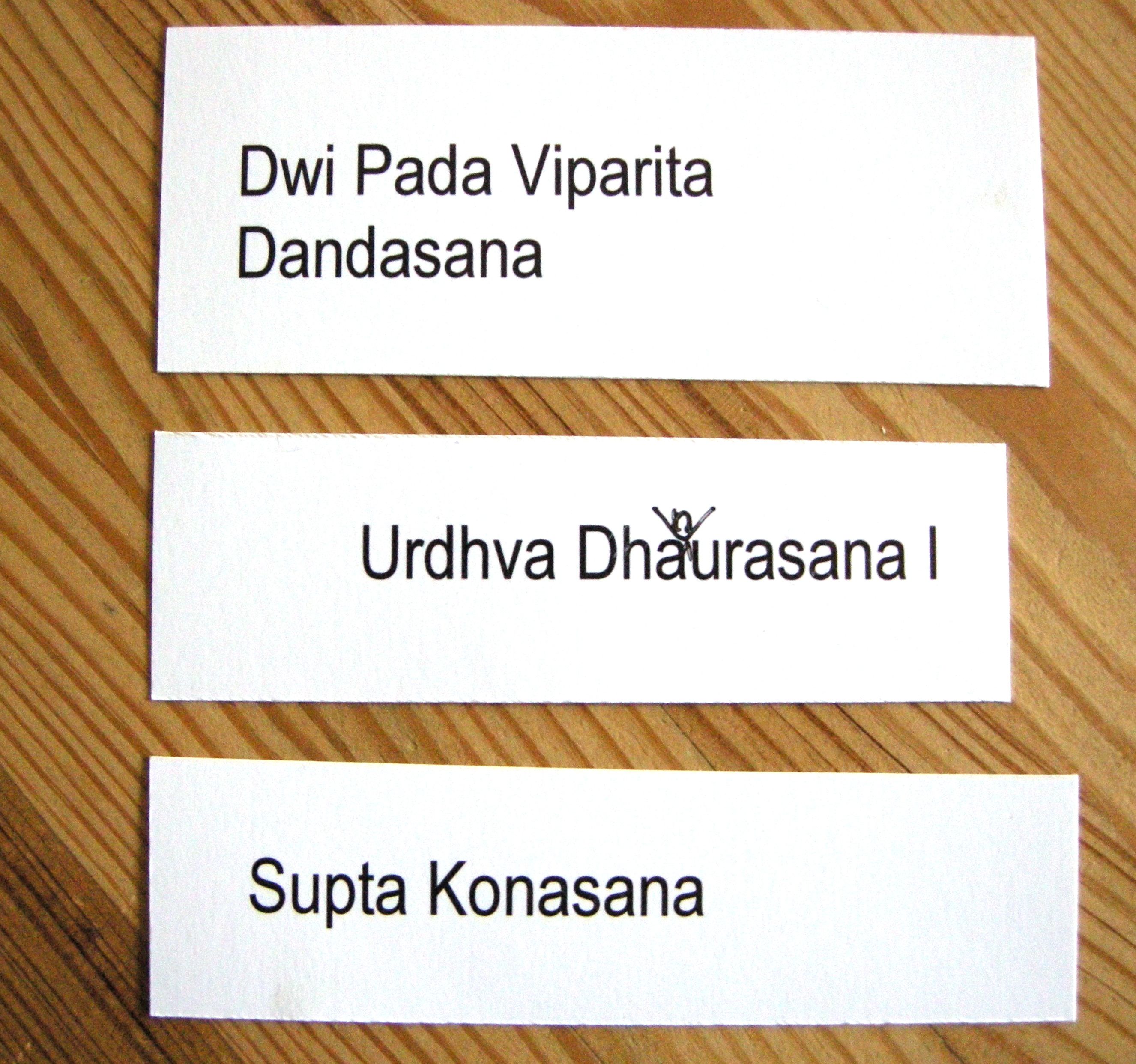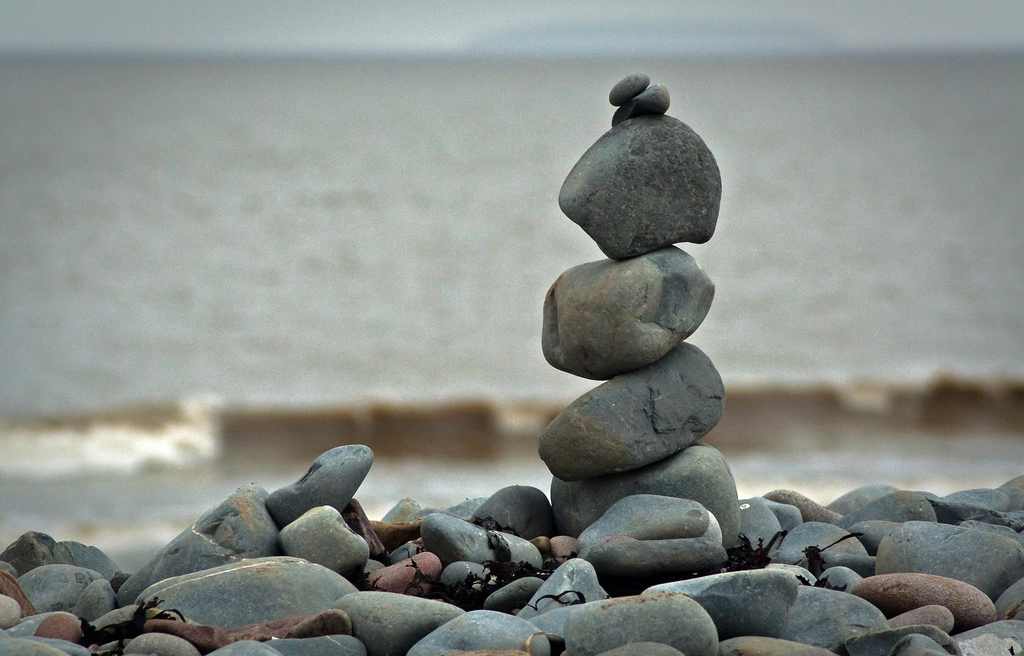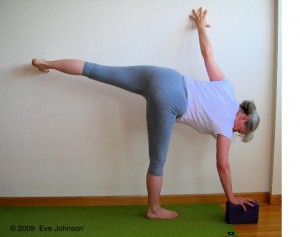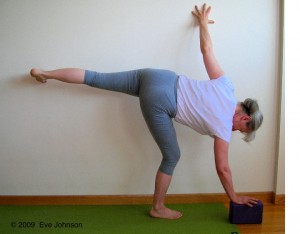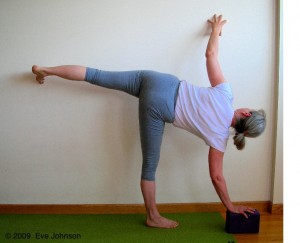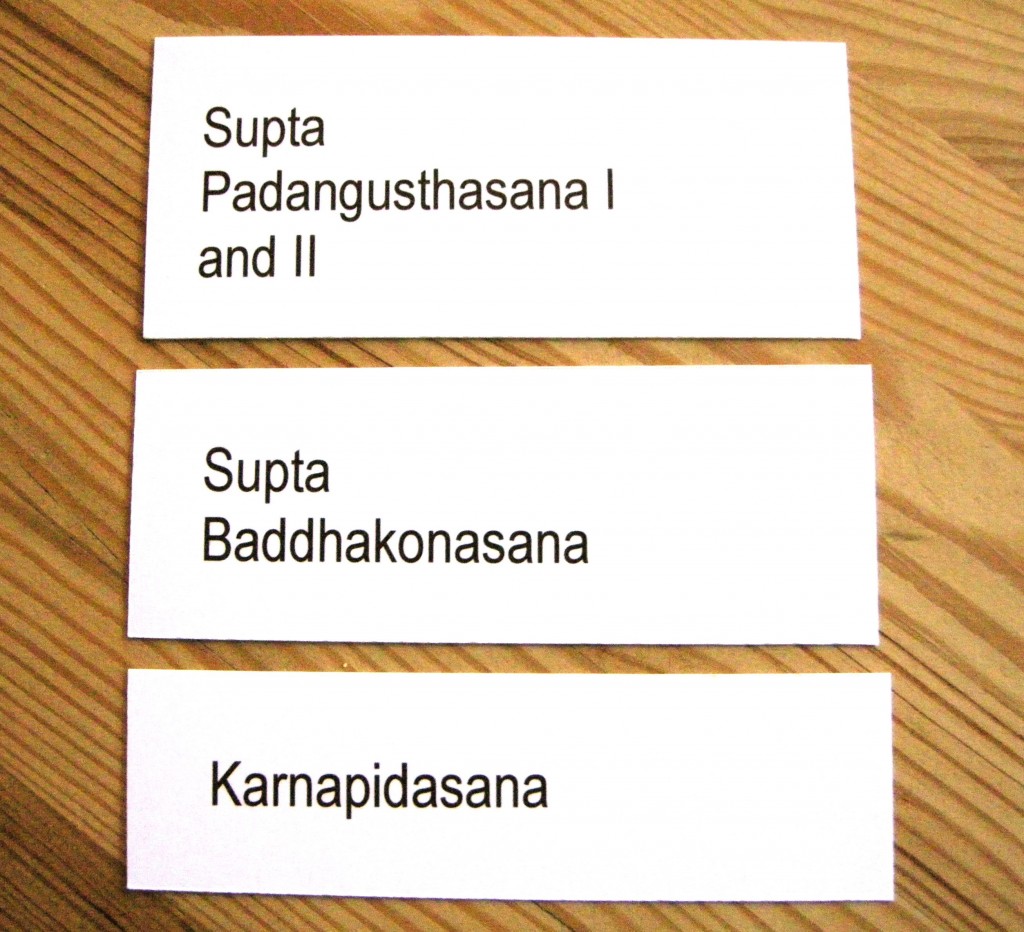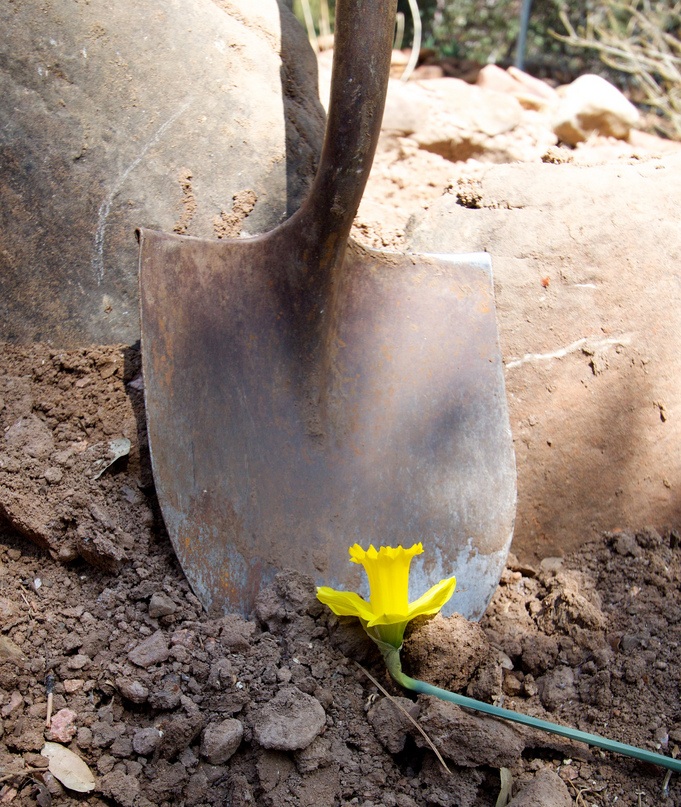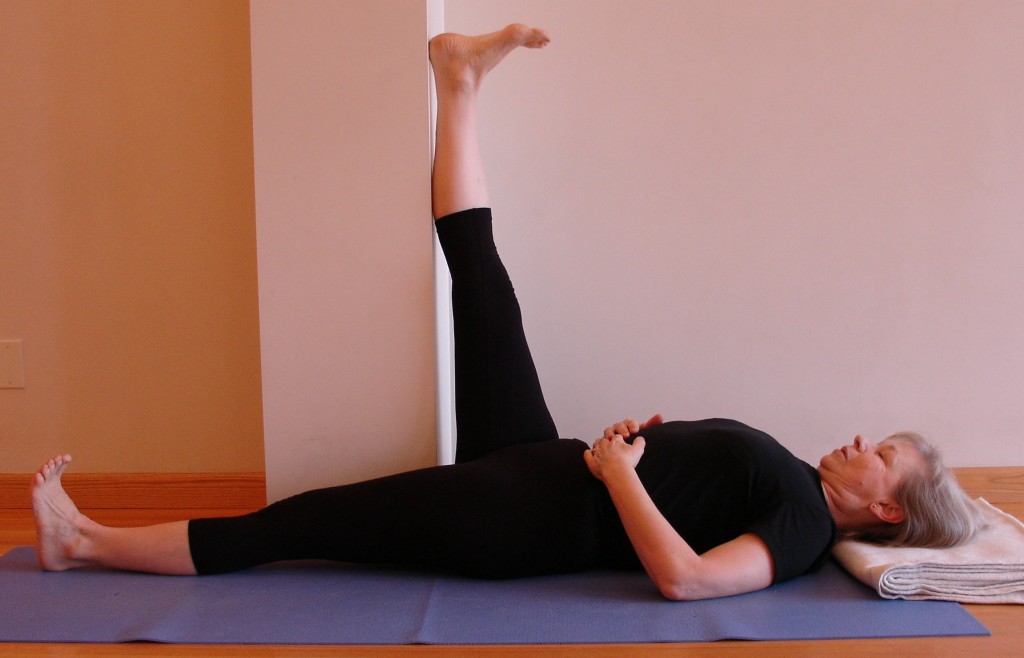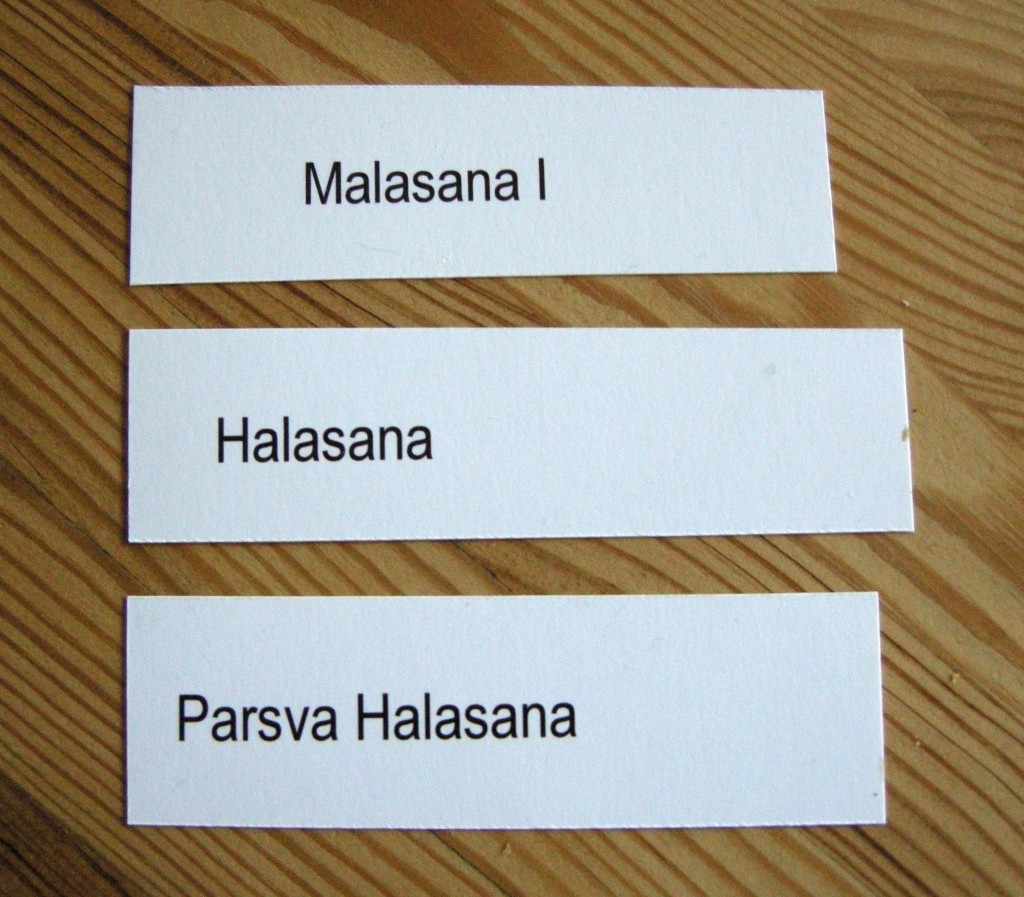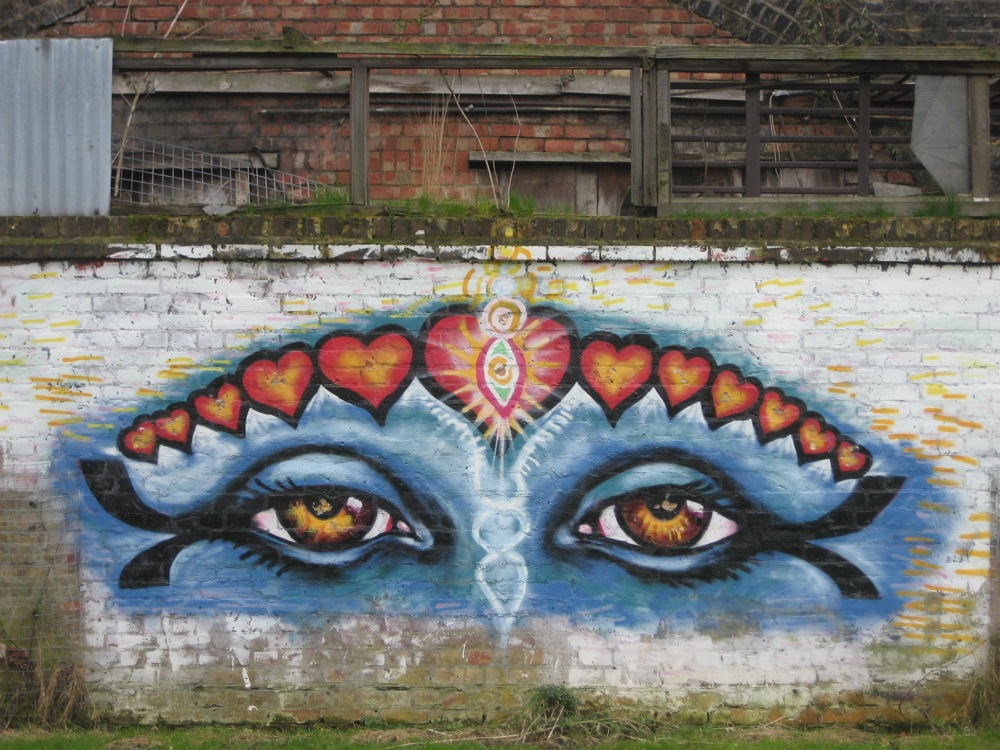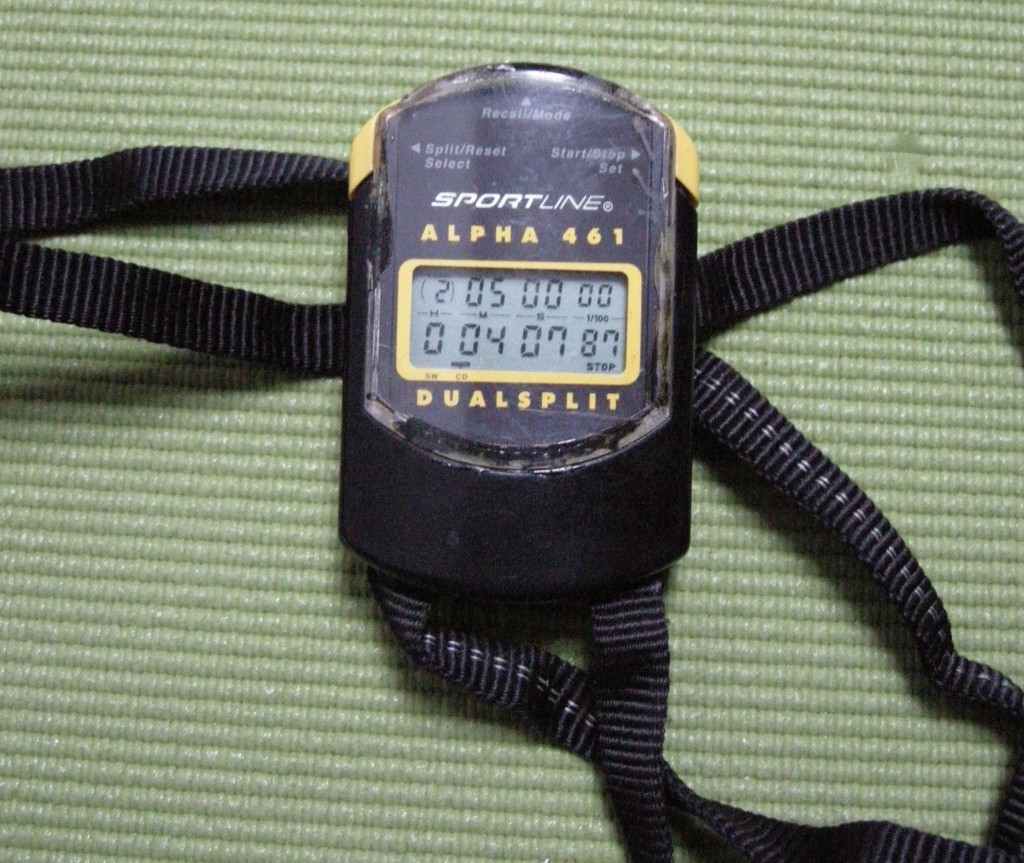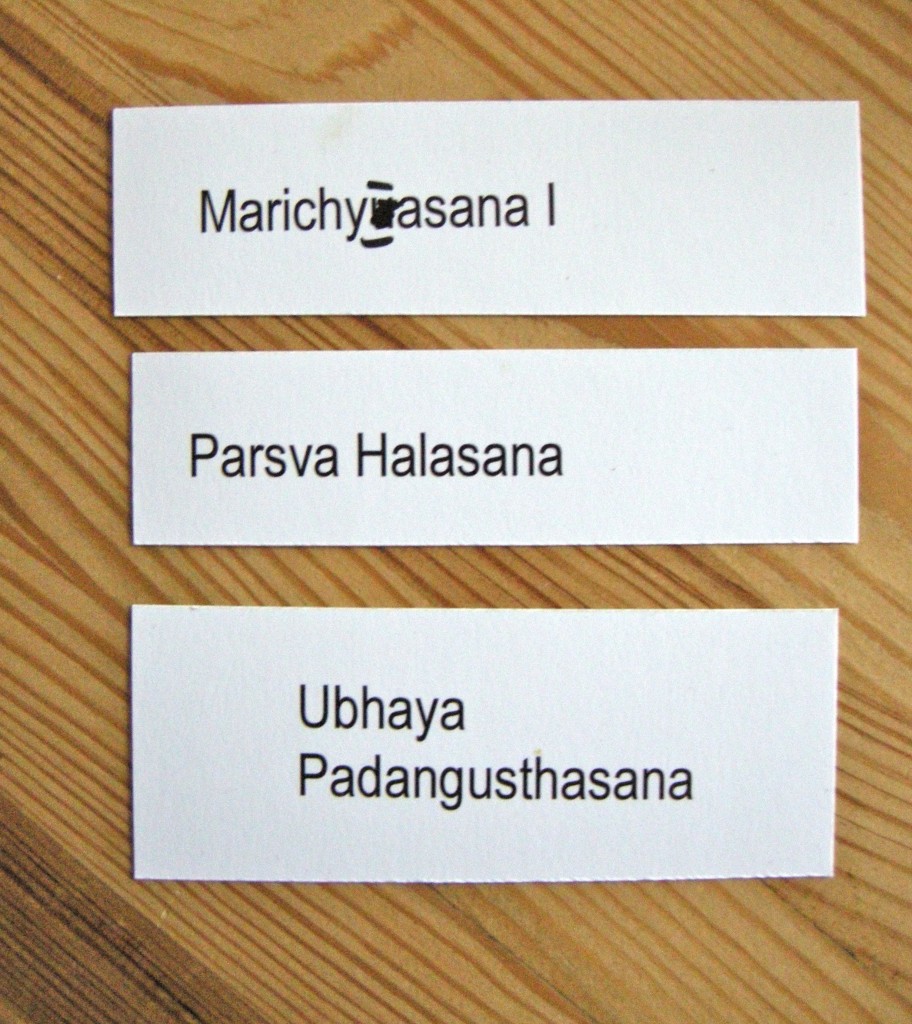
Place your hands on the counter and step back into spinal stretch.
This week’s Five-Minute Yoga Challenge is spinal stretch at the kitchen counter.
It’s an easy one to tuck into your day – come into the kitchen, put the kettle on, and while the water boils, put your hands down on the counter and step back into spinal stretch.
It has a special meaning for me, because it’s the first thing I learned from Wende Davis, who became my first teacher.
When I met Wende, I was 39, with a newly ignited passion for yoga and a dead zone between my shoulder blades, where my spine was already over-curved.
I was a beginner, and busy in my life. I didn’t have the space, the props or the inclination for a full practice. But I could do this one stretch every day, so I did, first thing in the morning, as soon as I put the kettle on.
Almost immediately I stumbled on a yoga truth: once you bring awareness into your body, you can never really do the same pose every day.
One day your hamstrings are tighter. Another day, it’s your shoulders. One day you line up your ears with your upper arms and breathe wide across your upper back, and the whole stretch changes again.
Eventually, the day comes when you move in two directions at once.
I think of that moment as one of the most important in my yoga life: the crown of my head pulled forward, my buttocks pulled back, and between them I felt, for the first time, a trickle of life and movement in my dead zone.
I was intoxicated by my new freedom, and I suddenly knew two things: if I could move my thoracic spine a little, then in time I’d be able to move it a lot. And if I could move my thoracic spine, I could move anything.
If you sit at a desk all day, or round forward to work, cook, drive or garden, this stretch is important for your body too.
In the 90 seconds it will take to do this sequence, you can go deep and stretch well, and improve your day considerably.
It’s a great morning wake-up, and for bonus points, you can do it as a mid-afternoon refresher.
Here’s the step-by-step:
Stand facing the kitchen counter. Have a yoga brick or a kitchen stool nearby. Place your hands on the counter, shoulder width apart.
Walk back until you feel a stretch through your arms, and your hips are in line with your heels. Have your feet parallel and hip distance apart.
Now bend your knees and let your sitting bones sink toward the floor as much as you can. Hang out and feel the stretch in your armpits.
Slowly begin to straighten your legs by lifting your front thigh muscles.
Pull back though your sitting bones toward the wall behind you.
To keep the curve out of your lumbar spine, lengthen your buttocks away from your waist.
Check that your ears are in line with your upper arms. Breathe wide across your upper back.
Now holding your hips in place, stretch the crown of your head toward the counter. Stretch through your side body. Take a few long, soft breaths.
When you’re ready, move into Uttanasana (standing forward bend). Exhale and bring your fingertips onto the floor, or to the yoga brick or stool – whatever height you need to keep your legs straight. Press down into your feet, lift up through your inner ankles, inner knees and inner groins. Roll your inner front thighs inward and spread the backs of your thighs. Lift your front thighs up toward your hip creases. With your legs strong, let your upper body hang.
Now bend your knees, press your hands into your thighs and roll up.
Have time for more?
When you’re in spinal stretch, step one foot forward, into Parsvottanasana, (intense side stretch), keeping your hands on the counter and your back level. Press into your front big toe, and your back heel, and lift both front thighs strongly toward your hip creases. Then change sides.
If this was your kind of post, you might also like:
Five-Minute Yoga Challenge: Reverse the Curve
Five-Minute Yoga Challenge: Kitchen Counter Series, part one



